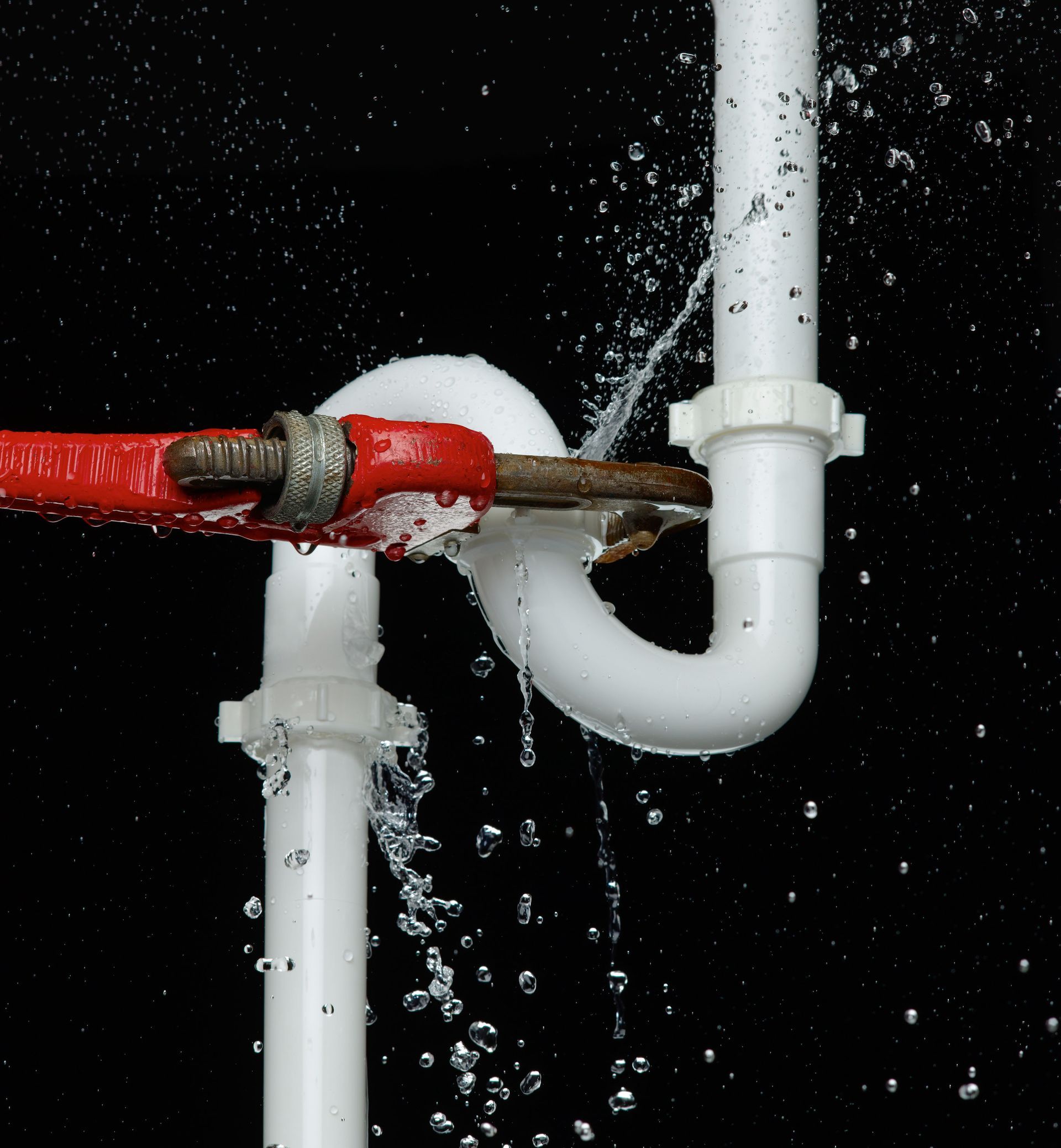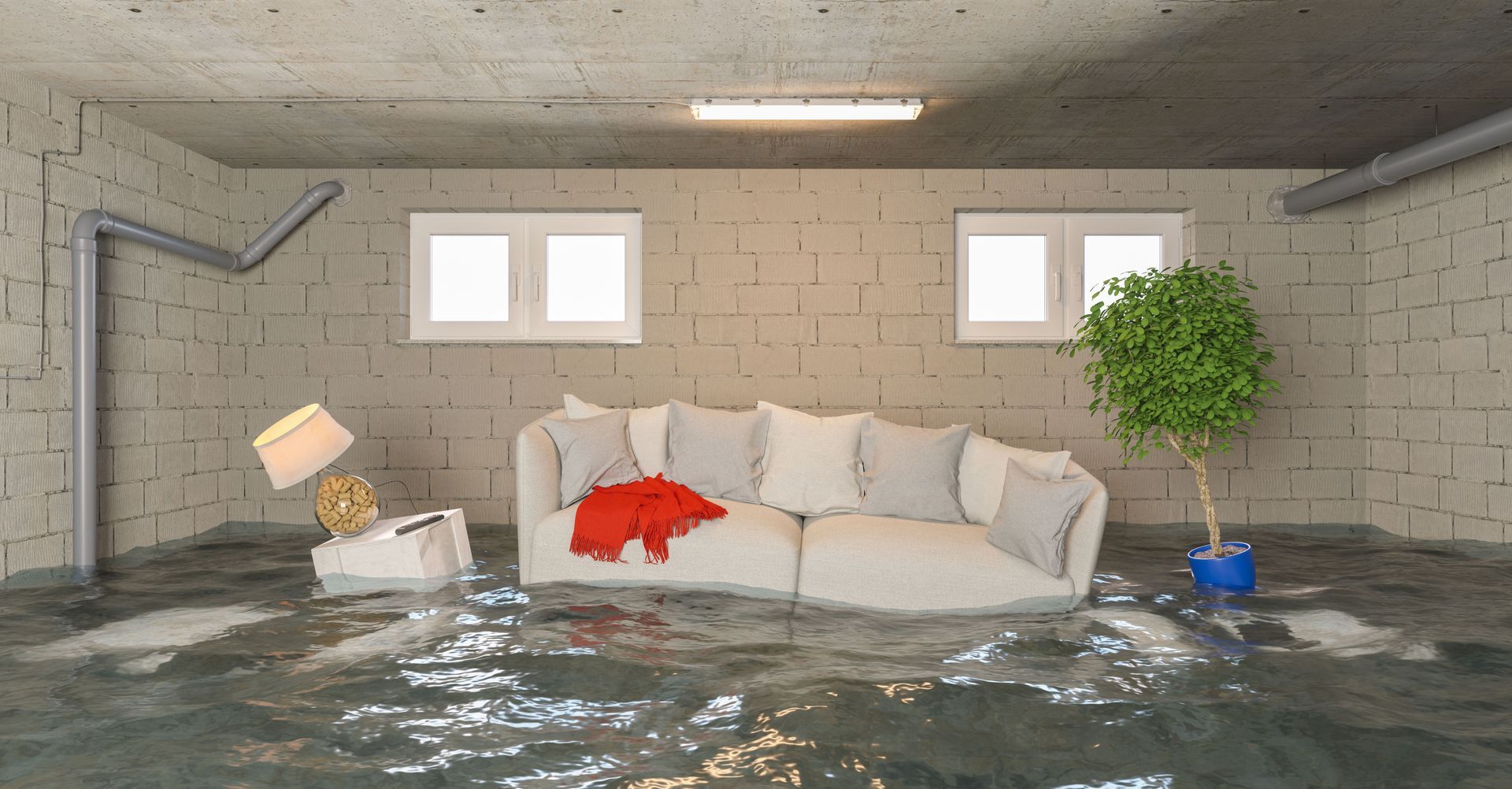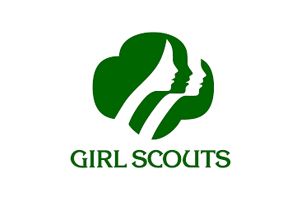September 9, 2025
A burst pipe in your home can lead to significant damage, but understanding the immediate steps to take can help mitigate the destruction and begin the restoration process swiftly and effectively. This article outlines the essential actions homeowners should undertake to protect their property from water damage following a burst pipe.
According to, around 14,000 people across the United States face water damage emergencies in their homes or workplaces every day; knowing this information is critical. For many, connecting with a trusted provider of local water restoration services ensures a faster and more reliable recovery.
1. Emergency Shut-off Procedures
Understanding how to quickly shut off your water supply is imperative when dealing with a burst pipe. The main water valve is typically located near the perimeter of the home, in a utility area, or on an external wall. In some homes, the valve might be in the basement or near the water meter. Immediate knowledge of this location allows you to stop the flow of water promptly, which can significantly limit the damage. Besides the main valves, familiarizing yourself with all potential shut-off points throughout your home is advisable.
Quickly shutting off water is essential to minimizing the damage and preventing flooding. Once the water valve has been located, it should be turned off completely to stop water from flowing through the broken pipe. In a typical scenario, turning the valve clockwise will halt the water supply. This action typically requires a wrench or simply hand strength, depending on the valve type. Upon successfully halting the flow of water, you allow yourself breathing room to assess the situation more calmly.
It's just as important to address the electrical systems in your home during a water emergency. Water and electricity are a dangerous mix, so turn off electricity in the affected areas as a safety precaution. Ensure everyone is safe and steer clear of standing water that may be charged with electricity. Contact your utility providers to inform them of the incident and seek advice, if necessary. Taking these safety precautions can protect you and your family from electrocution or other related hazards.
2. Water Extraction Methods
To mitigate further damage after a burst pipe, extracting standing water is crucial. Mechanical pumps and wet/dry vacuums can be particularly effective in this respect. These tools remove water quickly and efficiently from large areas. While pump and vacuum equipment can be rented, their operation must be knowledgeable to avoid further damage. Proper equipment usage can help homeowners regain control over their living space.
In some scenarios, the magnitude of the water damage may necessitate hiring professional services. Professionals are equipped with specialized tools, experience, and knowledge to deal with even the most extensive cases of flooding effectively. Their expertise is particularly beneficial when water has seeped into difficult-to-reach areas. Though professional services may seem costly upfront, the potential savings on future repairs and the assurance of a more thorough job can justify the cost. Enlisting expert help from local water restoration providers can quicken your home’s return to normalcy.
For homeowners preferring a do-it-yourself approach, a series of steps can aid efficient water removal. Start by positioning towels and mops around to absorb water and prevent it from spreading further. Switch to a wet/dry vacuum to handle larger volumes, and frequently empty the receptacle to maintain suction power. Patience and diligence are essential, as thoroughness is key to successful water extraction. DIY approaches can be effective in minor cases, but persistent problems might still need local water restoration support.
3. Drying and Dehumidification
The drying process plays a crucial role in preventing mold and further water damage once excess water has been removed. Setting up high-powered fans across the affected spaces can enhance airflow, thus speeding up evaporation. Utilize dehumidifiers to remove moisture from the air, which prevents condensation that might escalate water damage. Placement and positioning are critical, so ensure these devices are strategically located to maximize efficiency. Good air circulation expedites the drying phase, reducing overall recovery time.
Removing wet or damaged materials like carpets, furniture, and insulation is a necessary step in the drying process. Items that aren't thoroughly dried might harbor mold, impeding full home recovery. Careful disposal of materials that can't be salvaged can prevent additional environmental hazards. Simultaneously, disassembled furniture aids in air circulation and accelerates drying. Prompt disposal of unsalvageable items reduces time spent in cleaning.
Monitoring humidity levels is essential for ensuring effective drying and preventing mold growth. Hygrometers can be used to measure indoor moisture content, guiding you in maintaining an ideal level. This oversight ensures that drying devices are working efficiently and that adjustments can be made if necessary. Keeping optimal humidity levels facilitates a complete restoration and mitigates lingering moisture issues. Precision in monitoring helps maintain a comfortable, healthy home environment post-damage, and partnering with local water restoration experts can ensure this step is done thoroughly.
4. Preventing Mold and Mildew
Mold and mildew are common concerns following water damage, and early recognition of their presence is key to preventing them from spreading. Musty smells and discolored patches often signal mold initiation. Swift response to these signs can prevent significant health risks and structural damage. Homeowners should remain vigilant and address any mold indications immediately, before they escalate into more extensive issues. With the pervasiveness of indoor water damage, swift action becomes even more vital.
The application of anti-mold treatments serves as a proactive measure against mold infestation. Several commercial products are effective in killing mold spores and can be found in most hardware stores. Natural alternatives such as vinegar and tea tree oil offer safer options without harsh chemicals. Treatments should include all surfaces exposed to water to effectively prevent mold growth. Homeowners must follow product instructions accurately for safety and maximum effectiveness.
Proper ventilation of the affected spaces is essential in mitigating mold and maintaining general indoor air quality. In addition to fans and dehumidifiers, the use of open windows can provide a natural alternative for promoting airflow. Ventilation helps ensure that excess moisture escapes the building envelope, reducing the risk of condensation. Achieving this equilibrium fosters an environment that is unattractive to mold and is pivotal to the drying mission. Good airflow discourages mold spores from becoming active threats, and local water restoration teams often integrate advanced ventilation strategies to support complete recovery.
While a burst pipe can be a traumatic event for any homeowner, understanding and executing the necessary steps can drastically reduce the long-term impact. By promptly addressing the situation, using the outlined strategies, and considering professional assistance when necessary, homeowners can protect their property and restore their home to its pre-damage condition.
Awareness, preparation, and action all serve as crucial components of a sound recovery plan. Given the daily frequency of water emergencies, being prepared can make all the difference. The restoration journey not only helps in recovery but also establishes a framework to safeguard against future water-related issues.
Relying on local water restoration services when needed ensures that your home receives expert care and that your family regains comfort and safety as quickly as possible. If you’re facing water damage from a burst pipe or any other emergency, don’t wait for the problem to worsen. Contact Affordable Restoration Austin today for professional, reliable, and timely restoration services that protect your home and give you peace of mind.



